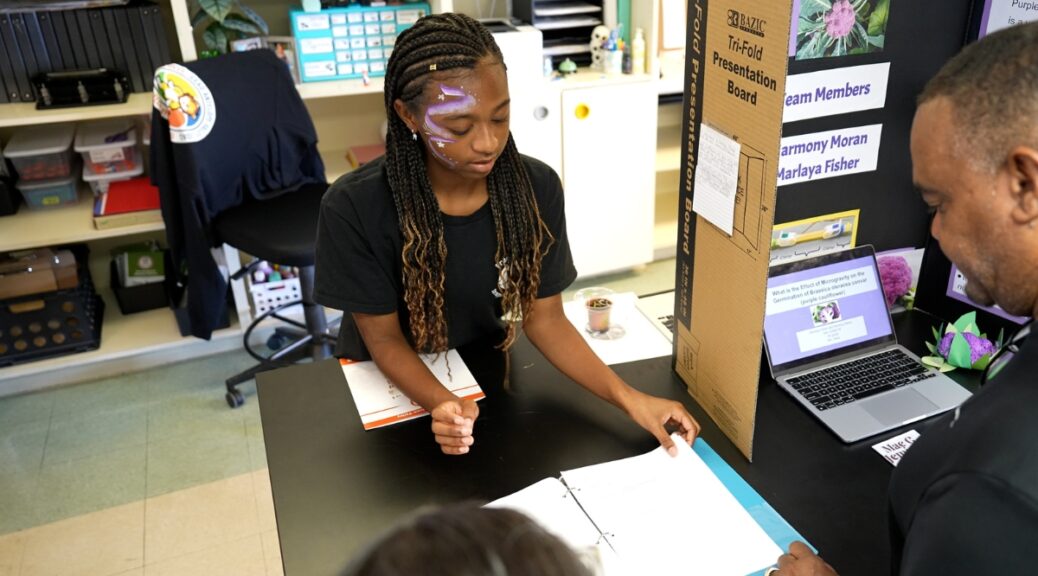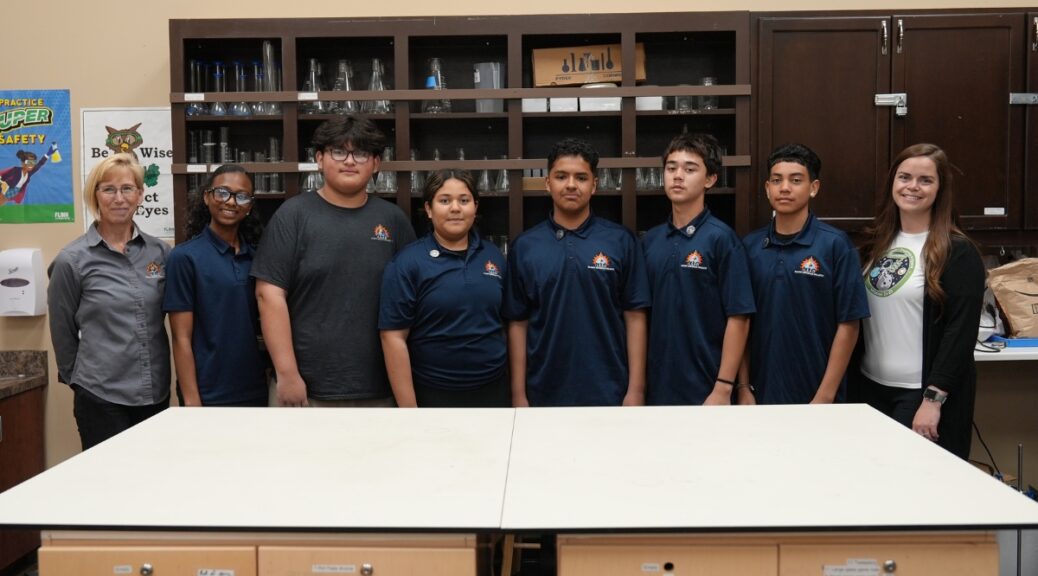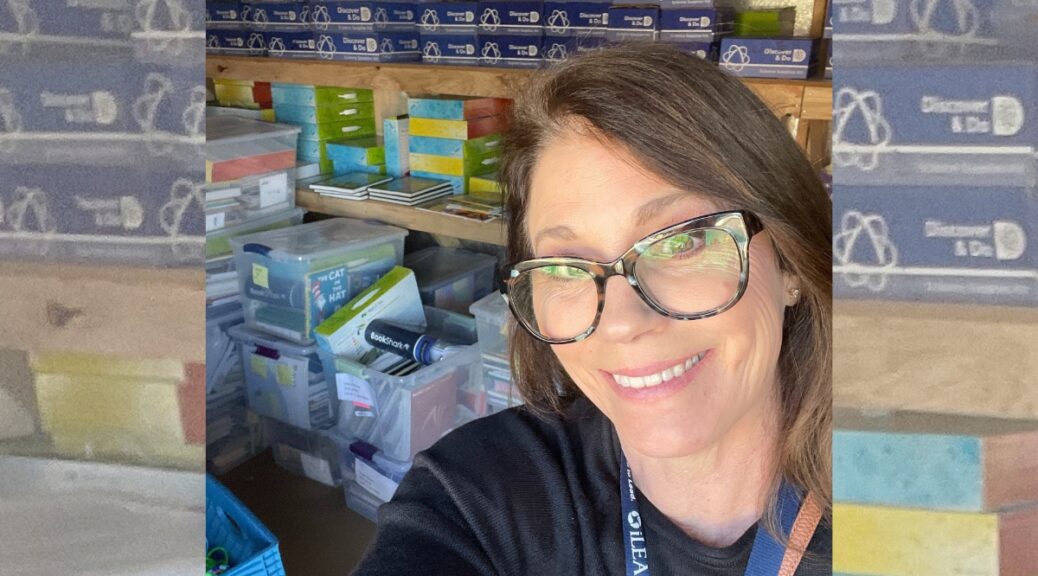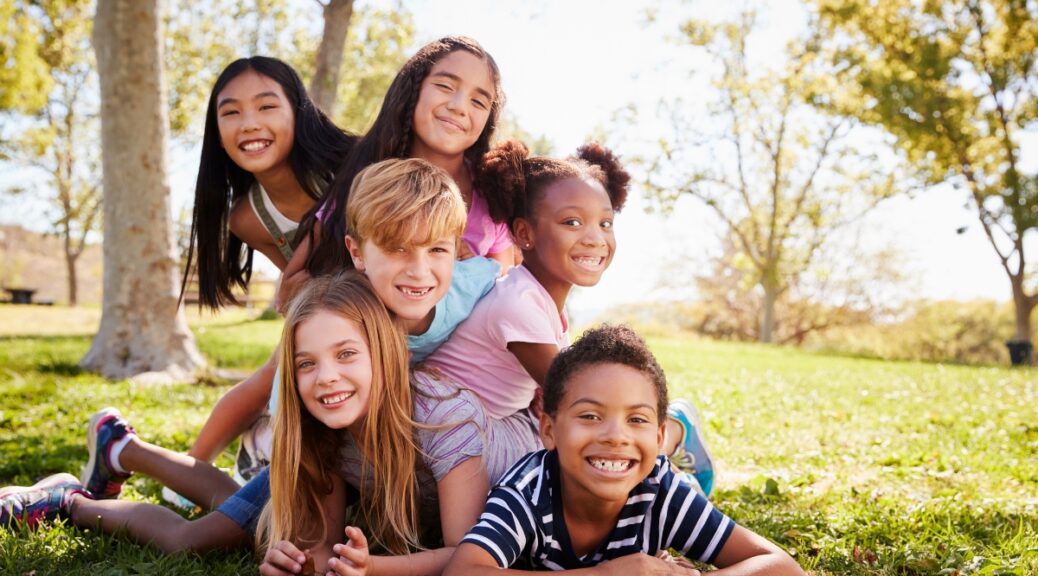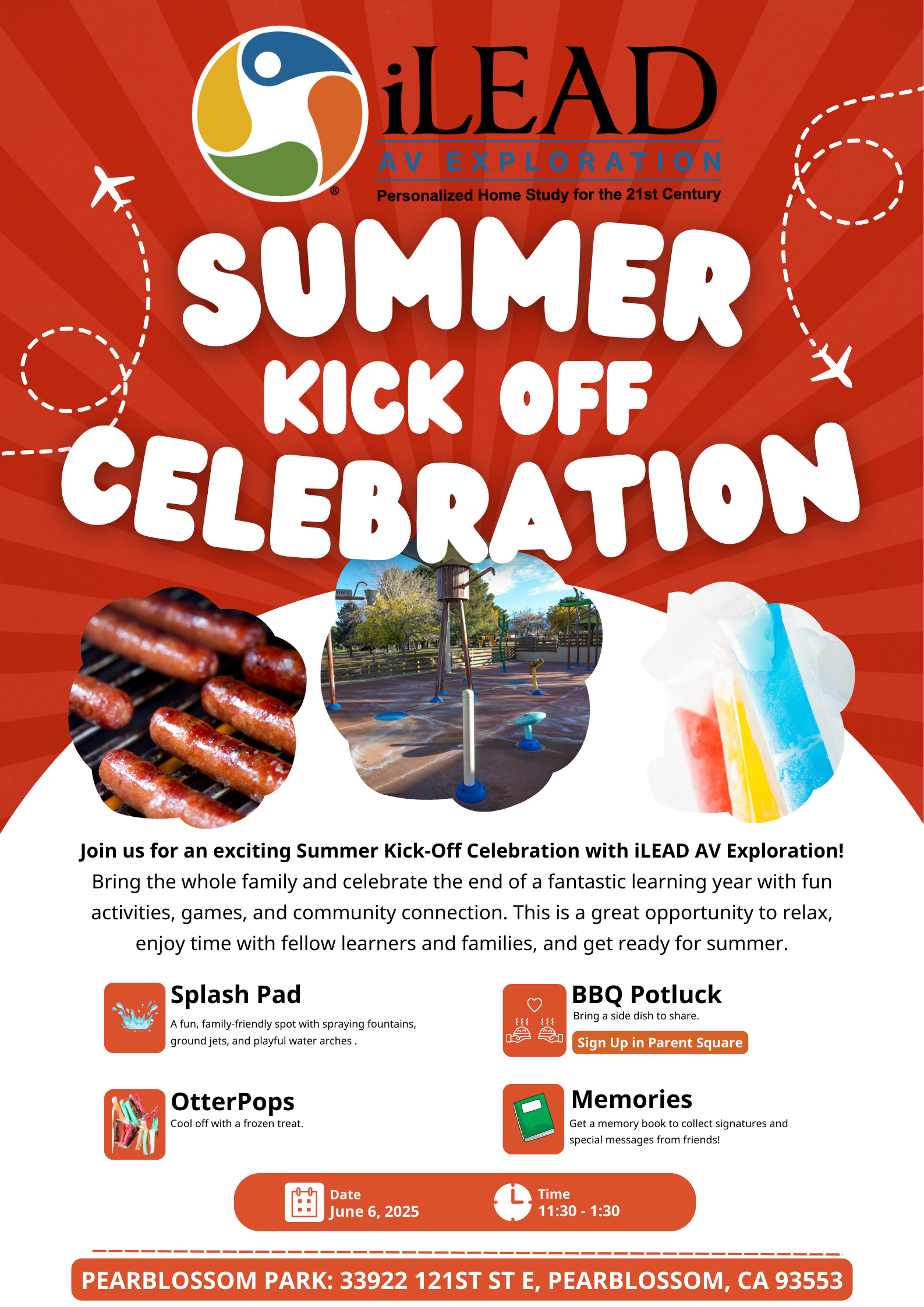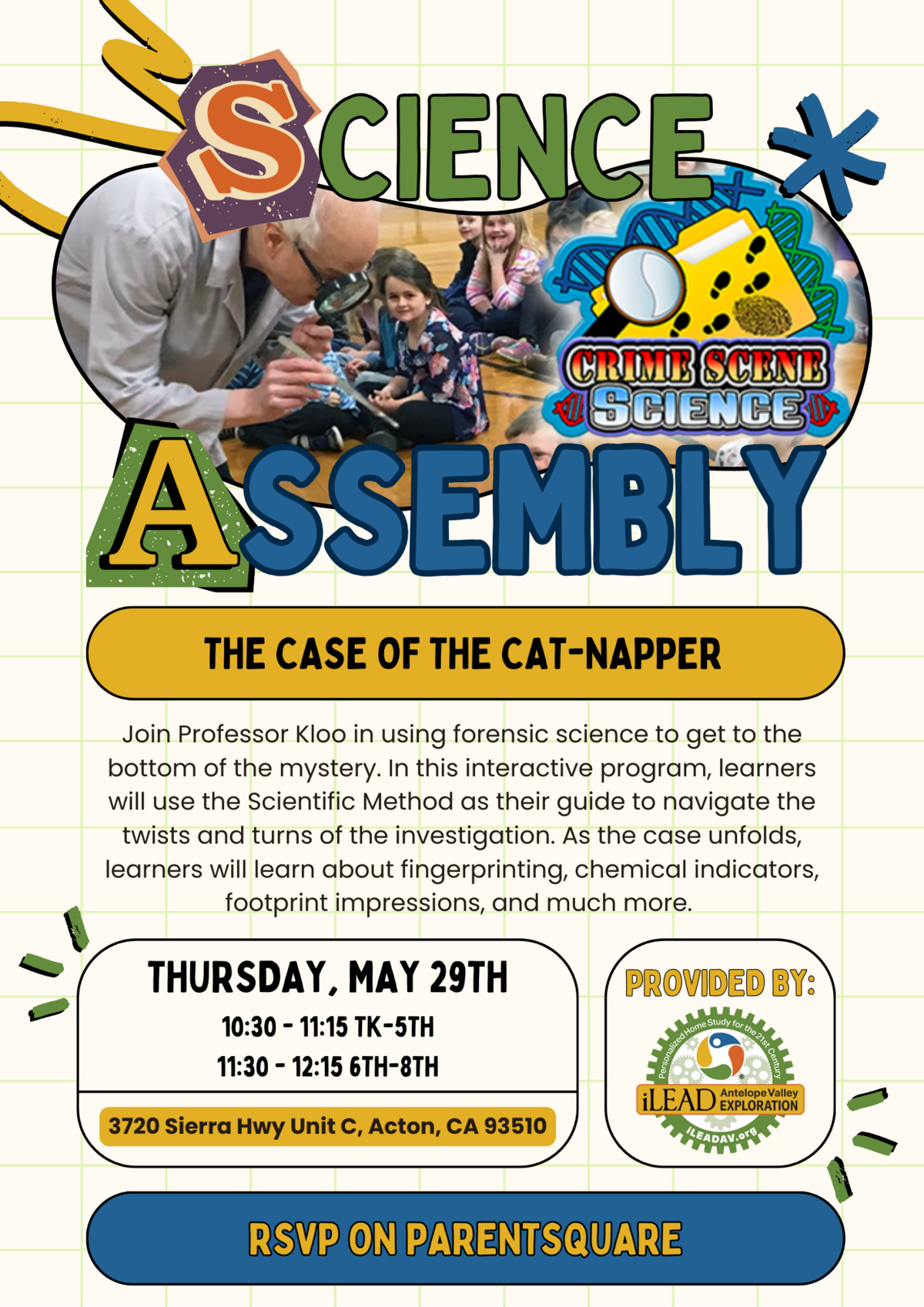Parents, do you dream of a learning environment where your child thrives, where their unique talents are nurtured through personalized, relationship-driven learning, and where an exciting adventure awaits? Imagine a school whose mission is aligned to its methodology, committed to empowering individuals to grow and lead. That’s what we strive to be at iLEAD AV Studio, a free public TK-8 charter school program of iLEAD Hybrid, offering hybrid learning facilitated by caring and credentialed teachers.
What is a charter school, and how is it different from other public schools?
Public schools provide a vital foundation for millions of students across the nation, ensuring every child has access to quality education. When a student thrives in an educational environment different from what a traditional public school can provide, that’s where public charter schools come in. Charter schools are tuition free and open to all students, and they are held to rigorous public accountability standards.
The Vision Behind California’s Charter Schools Act
California’s Charter Schools Act of 1992 was a landmark piece of legislation. It was designed to give teachers, parents, students, and community members the freedom to establish and maintain schools that operate independently from traditional school districts. This independence serves several crucial purposes, all aimed at enhancing and diversifying our public education system. Among those purposes are the following:
- Encouraging innovation: Charter schools stimulate innovation across all public schools.
- Expanding choices for families: Charter schools provide parents and students with more options within the public school system.
- Improving student learning: Charter schools enhance educational opportunities and outcomes for students.
- Creating professional opportunities for teachers: Charter schools empower teachers to take ownership of the learning program at their school sites.

iLEAD AV Studio: A Commitment to Personalized Public School
iLEAD AV Studio embraces the intent of the California Charter Schools Act. As a California nonprofit public benefit corporation, iLEAD Hybrid provides a voluntary public educational choice for families with learners. The school is dedicated to offering an alternative learning environment that prioritizes individual needs within the public school framework.
What Makes iLEAD AV Studio Unique?
iLEAD AV Studio provides quality educational instruction, curricular support, and carefully selected resource materials. Our goal is to ensure learners make appropriate progress toward achieving school-wide outcomes based on the Common Core State Standards. The iLEAD AV Studio model is designed to provide a hands-on, developmentally appropriate, and personalized educational experience – an experience often sought in private schools, but made accessible and tuition-free for all families.
At iLEAD AV Studio, the approach centers on the whole child, recognizing each learner’s unique needs, talents, interests, and goals. Students are in the driver’s seat of their own education, guided by competent, caring, and credentialed educators. This “guide on the side” philosophy, rather than a “sage on the stage” approach, encourages deeper learning through self-directed exploration in a developmentally appropriate environment.
A Personalized Approach for Every Learner
iLEAD AV Studio’s commitment to personalization is evident in our Individualized Learning Plans (ILPs), developed for each student to guide their learning journey annually. We also provide comprehensive support from our Care Team staff for learners, including special education, English learning, and opportunities for high-achieving students. Rather than expecting each learner to conform to one way of learning, our tailored approach ensures an instructional fit that is just right for every child.
All TK-8 learners at iLEAD AV Studio have access to a rigorous, standards-based course of study that encourages deeper thinking through the following methods:
- Self-directed learning: Learners take age-appropriate responsibility and exercise autonomy in their daily activities.
- Engaging, constructivist, and project-based learning: This incorporates the arts, technology, world languages, and health and fitness.
- Support for social-emotional development: Recognizing the importance of holistic growth, we emphasize social-emotional development as part of our regular curriculum.
iLEAD AV Studio aims to provide an exceptional academic program that empowers learners and their families and fosters continuous improvement in public education. We offer diverse and personalized pathways for all of our students to succeed. Our goal is to provide the best of what an individualized educational approach can offer for every learner, without the financial barrier of private school tuition. It is our privilege and honor to work alongside families to support the learning and leadership potential of every child enrolled at iLEAD AV Studio, and we thank you for being a part of this exciting journey.
About iLEAD AV Studio:
iLEAD AV Studio is a free public TK-8 school in Lancaster, CA, that fosters personalized education through project-based learning, social-emotional development, independent critical thinking. Our approach integrates technology and the arts, encourages entrepreneurship and collaboration, and values family participation. Our unique hands-on projects, including aerospace and glider-flight opportunities, prepare learners for success in high-demand careers. Follow us on Instagram and Facebook and find us at www.ileadav.org.
Join our exciting school today!



